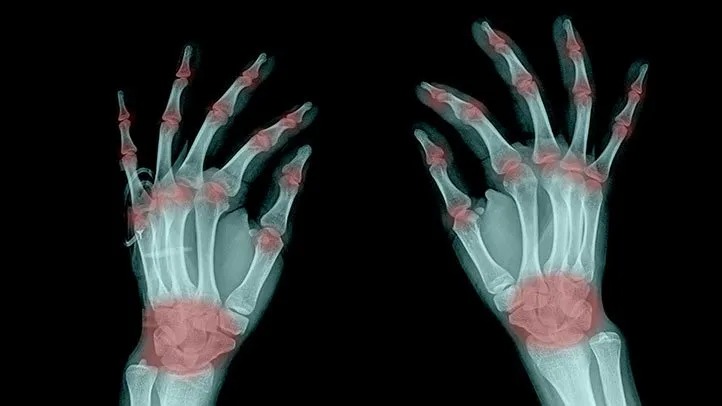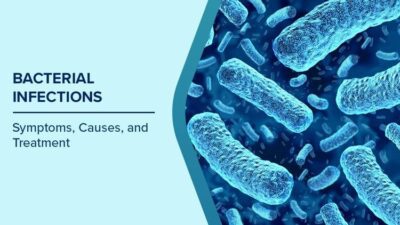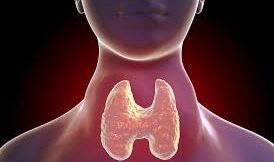AA amyloidosis, also known as secondary amyloidosis, is a rare but serious condition caused by chronic inflammation in the body. When proteins misfold and accumulate in organs, they can lead to severe complications, particularly in the kidneys, liver, and digestive system.
In this comprehensive guide, we’ll explore:
✔ What AA amyloidosis is and how it develops
✔ Common causes and risk factors
✔ Key symptoms to watch for
✔ How doctors diagnose the condition
✔ The latest treatment options
✔ Long-term outlook and prevention strategies
By the end, you’ll have a clear understanding of AA amyloidosis and how to manage it effectively.
What Is AA Amyloidosis?
AA amyloidosis is a type of amyloidosis, a rare disorder where abnormal protein deposits (amyloid fibrils) build up in organs and tissues. Unlike other forms, AA amyloidosis is directly linked to chronic inflammatory diseases such as rheumatoid arthritis, Crohn’s disease, or chronic infections.
Key Facts About AA Amyloidosis
| Feature | Details |
|---|---|
| Also Known As | Secondary amyloidosis, Amyloid A protein disease |
| Primary Cause | Chronic inflammation (e.g., infections, autoimmune diseases) |
| Most Affected Organs | Kidneys (most common), liver, spleen, digestive tract |
| Diagnosis Method | Biopsy (fat pad or organ tissue) |
| Main Treatment | Controlling underlying inflammation |
How Does AA Amyloidosis Develop?
Proteins in the body normally have a specific 3D structure that allows them to function correctly. However, in protein misfolding disorders like AA amyloidosis:
- Chronic inflammation increases serum amyloid A (SAA) protein levels.
- These proteins mutate and clump together, forming amyloid fibrils.
- The fibrils deposit in organs, disrupting their function.
If left untreated, this can lead to organ failure, particularly in the kidneys.
Causes and Risk Factors of AA Amyloidosis
AA amyloidosis is not inherited (unlike some other forms of amyloidosis). Instead, it develops due to long-term inflammatory conditions, including:
✅ Autoimmune Diseases
- Rheumatoid arthritis
- Ankylosing spondylitis
- Inflammatory bowel disease (Crohn’s, ulcerative colitis)
✅ Chronic Infections
- Tuberculosis (TB)
- Osteomyelitis (bone infections)
- Bronchiectasis
✅ Hereditary Periodic Fever Syndromes
- Familial Mediterranean Fever (FMF)
Early treatment of these conditions can prevent AA amyloidosis.
Symptoms of AA Amyloidosis
Symptoms vary depending on which organs are affected:
Kidney-Related Symptoms (Most Common)
- Swollen legs, ankles, or feet (edema)
- Foamy or frothy urine (excess protein)
- Reduced urine output
- High cholesterol
Liver and Digestive Symptoms
- Enlarged liver (hepatomegaly)
- Chronic diarrhea
- Nausea and vomiting
Rare but Serious Complications
- Heart involvement (uncommon but possible)
- Spleen enlargement
If you have a chronic inflammatory disease and notice these symptoms, see a doctor immediately.
Diagnosis: How Is AA Amyloidosis Detected?
Since symptoms overlap with other conditions, doctors use specialized tests:
- Biopsy
- Fat pad biopsy (abdominal fat sample)
- Organ biopsy (kidney, liver, or gut tissue)
- Blood & Urine Tests
- Checks for high SAA protein levels
- Measures kidney function
- Imaging Scans
- Ultrasound, MRI, or CT scans to assess organ damage
- Rule Out AL Amyloidosis
- AL amyloidosis is more aggressive and requires different treatment.
Treatment Options for AA Amyloidosis
The primary goal is to control the underlying inflammation.
1. Treating the Root Cause
- Autoimmune diseases → DMARDs (disease-modifying antirheumatic drugs)
- Chronic infections → Antibiotics or antivirals
- Hereditary fever syndromes → Colchicine (for FMF)
2. Medications Targeting Amyloid Buildup
- Anti-inflammatory drugs (to lower SAA protein)
- New therapies in development (antibodies to dissolve amyloid deposits)
3. Supportive Care for Organ Damage
- Kidney disease → Dialysis or transplant if severe
- Heart complications → Medications to improve function
Early treatment improves outcomes significantly.
Can AA Amyloidosis Be Cured?
✅ Yes, if caught early!
- Controlling inflammation can stop further amyloid buildup.
- Some organ damage may be reversible.
❌ If untreated, it can lead to kidney failure or death.
Prevention: Can You Avoid AA Amyloidosis?
The best prevention is managing chronic inflammation:
✔ Take prescribed medications for autoimmune diseases.
✔ Treat infections promptly.
✔ Monitor symptoms (swelling, urine changes).
FAQs About AA Amyloidosis
1. Is AA amyloidosis fatal?
If untreated, it can lead to organ failure. However, early treatment of the underlying condition can prevent severe outcomes.
2. What is the life expectancy with AA amyloidosis?
With proper treatment, many patients live a normal lifespan. Without treatment, kidney failure can occur in 5-10 years.
3. What foods should I avoid with AA amyloidosis?
No specific diet cures AA amyloidosis, but reducing sodium helps kidney function. Always consult a doctor.
4. Can AA amyloidosis affect the heart?
Rarely, but AL amyloidosis is more likely to damage the heart.
5. Is AA amyloidosis hereditary?
No, but some underlying conditions (like FMF) are genetic.



